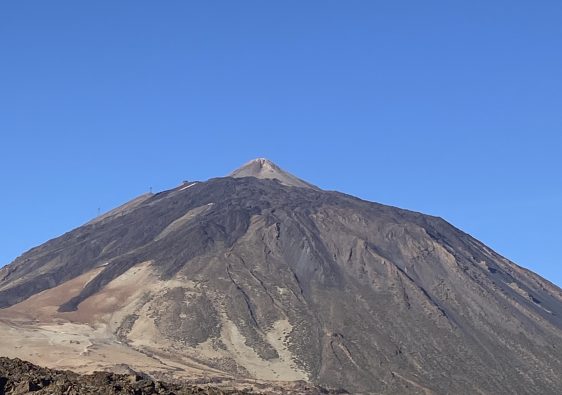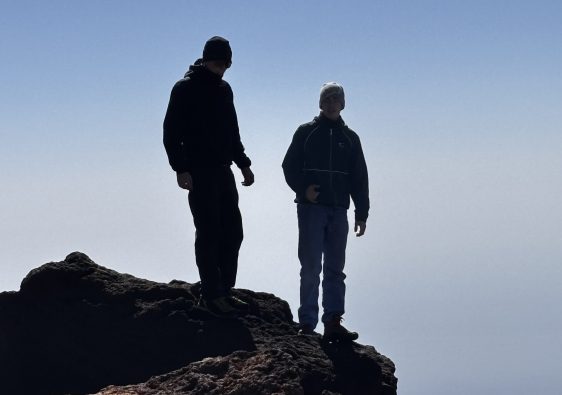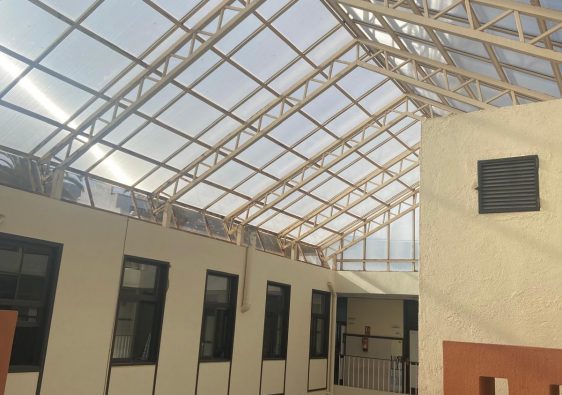Last week, 10 students of the Nordpfalzgymnasium Kirchheimbolanden have been to Tenerife, accompanied by three teachers. On the first entire day on the Island, we were shown around the city of La Orotava and got an impression on the life as a Spanish student attending the local school
LA OROTAVA
La Orotava is a city with a population of 42 500 inhabitants, located in the northern part of the Canary Island Tenerife in the Atlantic Ocean. It belongs to the Province of Santa Cruz de Tenerife. The climate of La Orotava is generally dry during the summer with very little rain and warm temperatures between 17-22°C on average. The amount of rain increases to around 30-40 inches/m² in the winter with lower temperatures around 15°C and lower. Moreover it has georgeous sightseeing options, some of which we got to experience in first person. Firstly, there are the famous dragon trees that only exist at very few locations such as Cape Verde or Tenerife. In the center of La Orotava, you can see beautiful dragon trees which are assesed to be hundreds of years old. The Corpus Christi tradition is also inevitably when being in Tenerife. Every year, the Canarians create beautiful patterns of stones which is also done by the school in case for La Orotava.
IES VILLALBA HERVÁS
The IES Villalba Hervás is a secondary school located in La Orotava, Tenerife and contains around 750-800 students. The origin of the schools‘ name refers to Miguel Villalba Hervás who was a Spanish politician, journalist, mason and lawyer who lived on Tenerife in the 19th century. He was one of the leading figures of republican movement in Tenerife and served as a civil governor as well as a member of the Provincial Council during the first Spanish republic and is remembered to this day, having the secondary school of his birth place named after him.
The school itself has a beautiful architechture and even offers a soccer place as well as a basketball court to their local students during the breaks. We were guided through the school by one voluntary student who also answered our questions e.g. about the grading system in Spain, ranging from 0-10 while 5 is the minimum requirement to pass exams. The students were all very welcoming and we felt like celebrities respectively the main attractions during our stay. Unlike our German school, the IES is also very strict when it comes to using a mobile device during class. Furthermore teachers only teach one subject instead of the regular two in Germany, developing them into experts for their respective subject. Surprisingly, most subjects the Spanish students study are similar to the ones at NPG with even German being a learnable language at IES Villalba Hervás, although philosophy or economy are exceptions to this norm. Another major difference is the fact that Spanish people call their teachers by their first name. Whenever a break begins or ends, there is no ringing bell but instead it plays music which motivates a lot of students. Overall, all of us were very impressed by our Spanish partner school!



